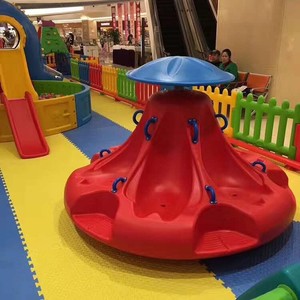Introduction to Playing Palace
The concept of a playing palace is a fascinating world of imagination and creativity, where children can explore their fantasies through structured play environments. Designed as an engaging space for children, playing palaces inspire role-playing, storytelling, and interactive play, which are vital for cognitive and social development. These imaginative abodes can be set up in various forms, from large playhouses to pop-up tents, catering to a diverse range of interests and play styles.
Types of Playing Palace
- Indoor Play Palaces: These are typically smaller, soft-sided structures that are safe for indoor use. They are often made of fabric or lightweight materials and can feature tunnels, slides, and colorful designs to stimulate play.
- Outdoor Play Palaces: Built to withstand the elements, outdoor playing palaces are made from durable materials like wood or sturdy plastic. They come with features like climbing walls, sandpits, and slides, providing endless hours of fun outside.
- Pop-Up Playing Palaces: These models are highly portable and can be easily set up in various locations. Pop-up tents are great for travel and can be quickly stored once playtime is over, making them a practical choice for families on the go.
- Themed Playing Palaces: Some playing palaces come designed with a specific theme, like castles, pirate ships, or fairy gardens. These designs can enhance imaginative play and encourage storytelling among children.
Function and Feature of Playing Palace
- Encouraging Imagination: Playing palaces serve as a blank canvas for children's creativity, allowing them to enact their dreams and fantasies.
- Promoting Physical Activity: Many designs incorporate slides, climbing elements, and open spaces, fostering physical exercise during play.
- Social Development: These spaces encourage collaborative play, helping children develop essential interpersonal skills and learn teamwork through shared experiences.
- Safety Features: Quality playing palaces are constructed with child-safe materials, featuring rounded corners and stable designs to prevent accidents.
How to Choose the Right Playing Palace
- Consider the Space Available: Assess the area where the playing palace will be set up to find an appropriately sized model that won’t overcrowd or overpower the space.
- Age Appropriateness: Choose a design that caters to the specific age group of your children. Some palaces are more suited for toddlers, while others might cater to older kids.
- Material Durability: Opt for models made from high-quality, non-toxic materials that are capable of withstanding regular use, especially if they’ll be used outdoors.
- Theme and Design: Select a playing palace that resonates with your child's interests, as engaging designs can enhance the play experience and keep them entertained longer.
Advantages of Playing Palace
- Boosts Creativity: Playing in a palace setting allows children to explore various roles and scenarios, fostering creative thinking and storytelling abilities.
- Enhanced Social Skills: Interaction with peers in a play setting cultivates friendship and teamwork while teaching children how to negotiate and share.
- Safe Play Environment: Dedicated playing palaces provide a safe zone for active play, offering a controlled environment where children can explore freely.
- Encourages Independence: Playing palaces offer children a space to make their own decisions and manage their play activities, bolstering their sense of independence.






















































